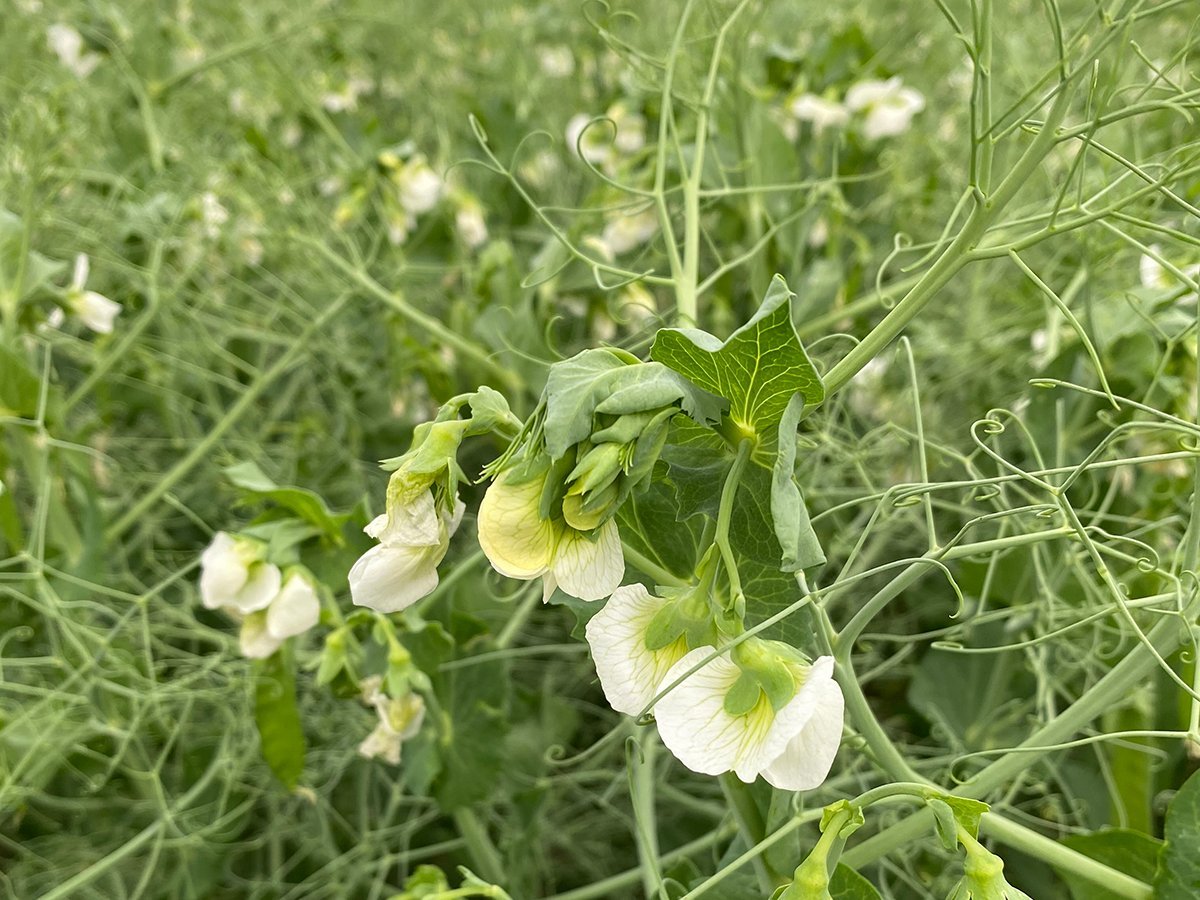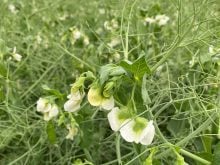Millions of imported eggs are jumping Canada’s protective tariff wall, undermining supply management supply controls.
Meanwhile, chicken importers are using a controversial rule about what constitutes a chicken product to sharply increase nonregulated chicken imports into the country.
These are two examples supply management leaders recently brought to MPs on the House of Commons agriculture committee as they argued that the government should take steps to plug holes in what is an increasingly leaky supply management protective wall.
For the egg industry, the issue is the impact of a stronger Canadian dollar and low American egg prices. Although the tariff on overquota imports is 163.5 percent, increasing numbers of importers can pay that tariff and still buy American eggs cheaper than paying Canadian prices, Canadian Egg Marketing Agency chair Laurent Souligny told MPs.
Read Also

Crop quality looks good this year across Prairies
Crop quality looks real good this year, with the exception of durum.
“What that means is that the overquota tariff is not limiting imports to agreed-upon levels,” he said.
“In fact, in the past several years, eggs have been coming in over the tariff wall and at an increasing rate year after year.”
In 2006, three million dozen eggs came into the country subject to the overquota tariff.
The CEMA solution is to press Ottawa to invoke special safeguard rules under world trade agreements that allow a country to impose additional duties on imports in the event of an import surge or a sharp drop in world commodity prices.
The special safeguard rules were negotiated in the 1994 General Agreement on Tariffs and Trade and both the United States and the European Union have invoked them to protect domestic sectors. Canada has not.
“Our recommendation is (that) without further delay, the minister of finance (should make) operationalizing the special safeguard for Canada a priority,” Souligny said.
It is a different issue for the chicken industry but with the same result, Chicken Farmers of Canada second vice-chair Urs Kressibucher said.
The root of the problem for the marketing system is a rule that any product that has at least 13 percent non-chicken content is not defined as a chicken product subject to import controls.
“With the creativeness of the industry, meat products were introduced by adding items such as bacon or vegetables to a chicken breast, for example,” Kressibucher said.
“This made the standard chicken breast no longer subject to import control simply because 13 percent of another ingredient was added.”
He said the result is that between 1998 and this year, non-controlled chicken product imports have increased 230 percent from 10 million kilograms to 33 million kg. During that same period, domestic production of chicken under supply management controls increased 25 percent.
CFC said that since 2002, it has been lobbying to change the rule so that any product containing more than 20 percent chicken would be considered a chicken product subject to import controls.
Kressibucher said a broad range of industry players including processors support the proposal.
It would involve Canada invoking GATT Article 28 to negotiate new tariff lines that limit imports not now controlled. Countries that now export the products could claim compensation.
The Conservative government became the first to commit to using Article 28 when it promised the dairy industry it would move to cap imports of milk protein concentrates.
It is a precedent the chicken industry cites.
“This (chicken content) loophole must be corrected before there is further erosion of the Canadian chicken market by imported products,” Kressibucher said.
















